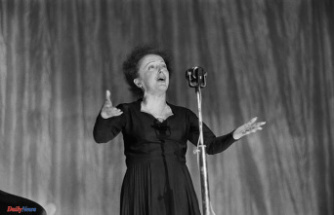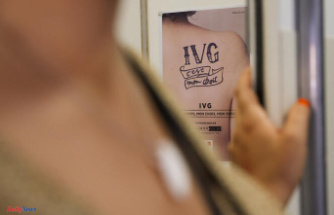A genealogy test has revealed that he is 43% Native American. He is one of millions of people who identify as belonging to two or more races or multiracial.
"I hesitated because I didn't have the right cultural upbringing as a child." Flores stated that there are millions of Americans feeling the same way.
The number of multiracial people in America has increased from 3% to 10% between 2010 and 2020, from McKenzie County, North Dakota to St. Johns County (Florida).
Multiracial America's diversity reflects its multiracial boom. Experts believe it could also be due to changes made by the U.S. Census Bureau in the way it processed responses.
Experts say that the increase in DNA testing kits is a reflection of a deeper understanding of Americans' racial identities.
Juan Manuel Pedroza is an assistant professor of sociology from the University of California Santa Cruz. He said that the 2020 results should not be taken lightly due to the difficulties faced by the Census Bureau in getting responses, and the history of undercounts within communities of color. Pedroza stated that the rise in multiracial identifications is significant and a sign of the country's changing times.
Yes, the country's diversity is increasing. There is less stigma associated with being multiracial and more discussion about it. Pedroza explained that someone who was a strictly white person in 2010 might have chosen to be multiracial this time around due to societal changes.
Pedroza stated, "As we speak more about multiracial identities, the boundaries around being of one race or another race are changing."
Pedroza referred to a Stanford study that examined whether popularity of ancestry testing can affect how Americans respond to questions about race or ancestry.
The study involved 100,000 adult Americans who had been registered as potential donors of bone marrow. They were also asked questions about their ancestry and how it came to be. These responses were analyzed by Stanford researchers who found that those who had taken ancestry tests were more likely to identify themselves as multiracial.
However, it's unlikely that this alone can explain the dramatic increase in numbers.
Flores, an assistant professor of Sociology at The University of Chicago, suggested that younger people may be more open than older people to being multiracial.
Flores stated that it was not an easy conversation. However, being multiracial is part of my heritage.
The Census Bureau's 2020 census data shows that the number of multiracial people went up from 9 million in 2010, to 33.8 millions in 2020, if Hispanics were included. The multiracial figures went up from 5.9 million to 13.5million people if Hispanics were excluded.
White and other races were the most common combination of multiracial people. Next came white and American Indian or Alaska Native, white and black, and white and Asian.
For people who identify as multiracial, the states with the highest growth rates in the past decade were those that had a low percentage of multiracial population -- Arkansas, Alabama, and New Hampshire -- which was less than 5% in 2020.
The multiracial population in West Virginia surpassed the Black population to become the second-most populous group after whites.
The growth rate was slower in states that already have a high proportion of multiracial residents than elsewhere in the country. In Hawaii, 20% of the population was multiracial, while Oklahoma and Alaska had just 10%.
Locally, the fastest growth rates in the last decade were found in small communities like Mackenzie (North Dakota), which saw rapid growth relative to the overall population. Due to North Dakota's energy boom, Mackenzie was the country's fastest growing county during the past decade.
The U.S. government began collecting data about race during the 1970 census. Since 2000, respondents have not been allowed to list more than one race on the census forms. Further changes will likely occur in the 2030 census.
According to the Census Bureau, the 2020 race question was improved by allowing respondents to add more details about themselves. For example, someone who marked "Black", could write "African American" or even "Jamaican" in the space provided.
Nicholas Jones, senior advisor to the U.S. Census Bureau's Race and Ethnic Research, stated that "the results we see over the years, we want reflect and acknowledge the changes both in the social and political constructs throughout our nation's past."












